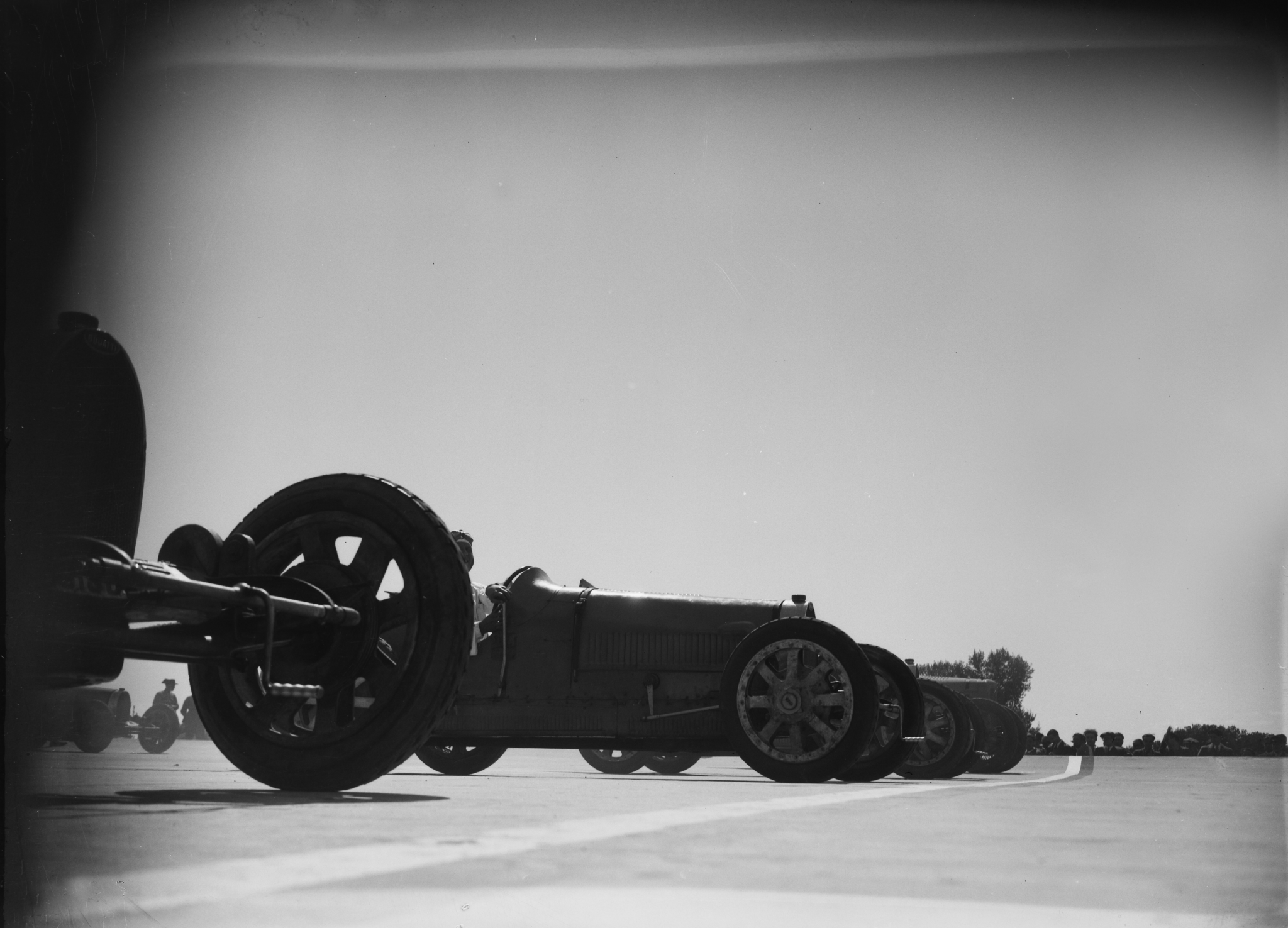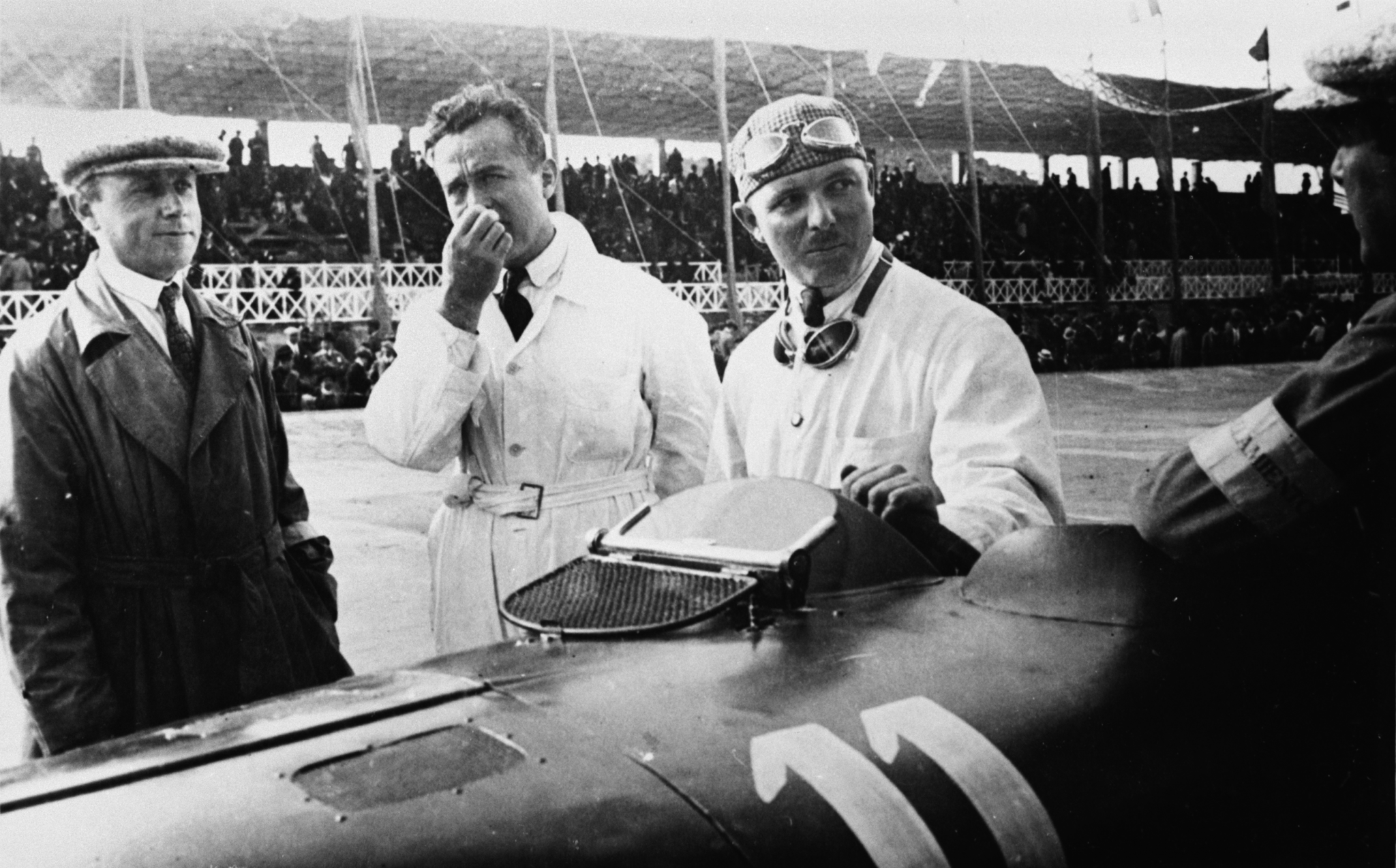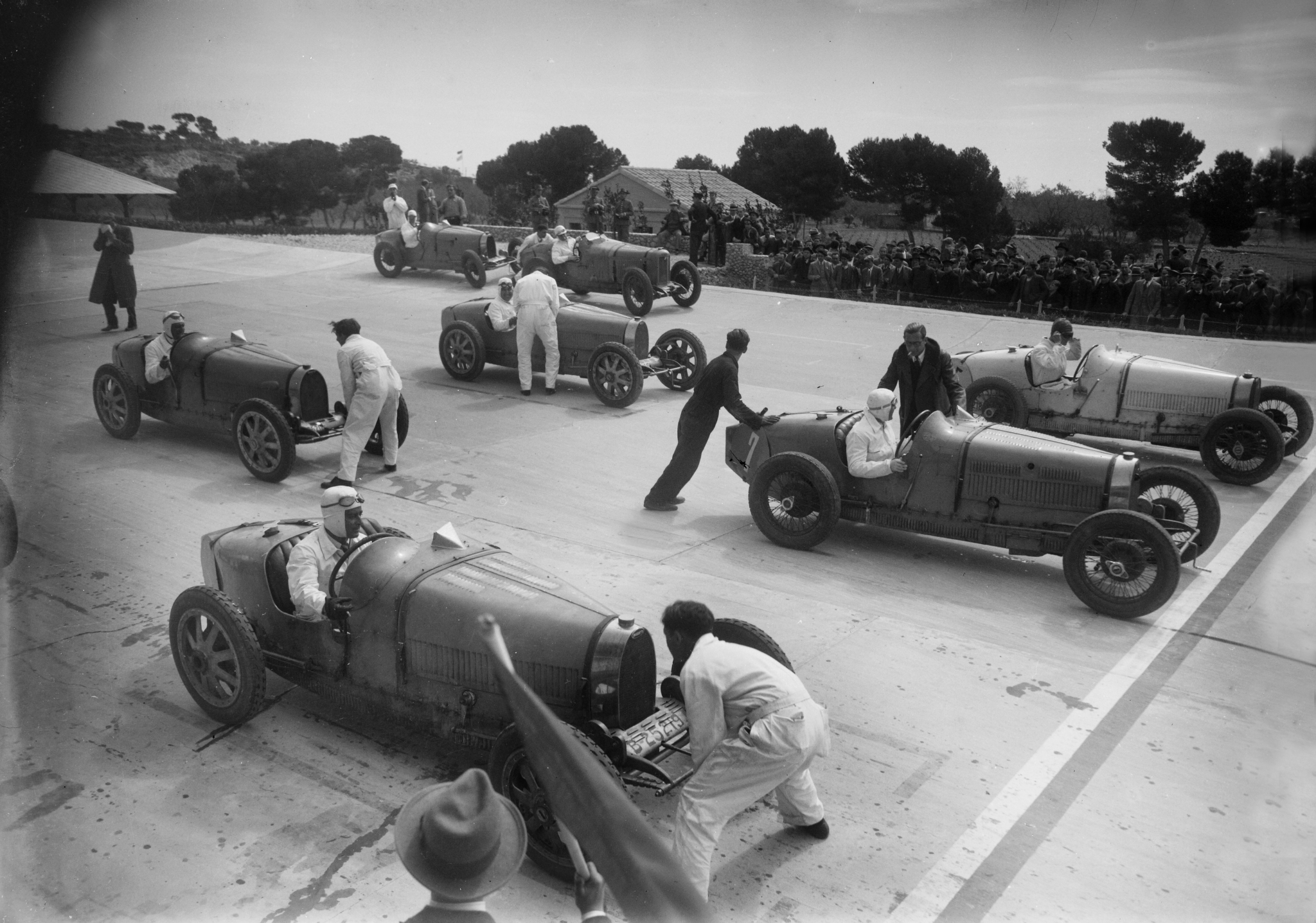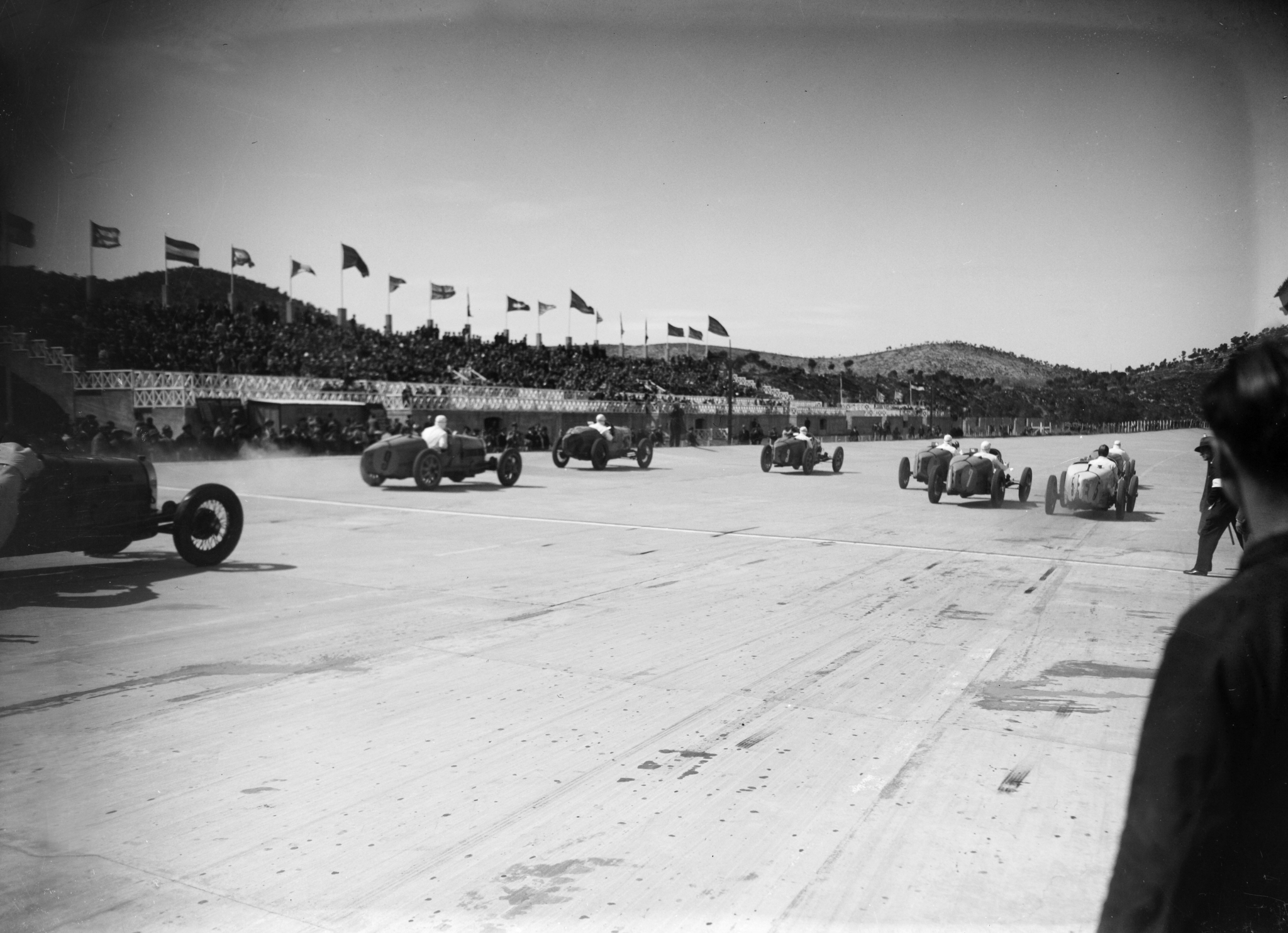On 28 October 1923, almost 100 years ago, the people of Sant Pere de Ribes and Sitges woke up to a wet and windy day. The usual microclimate provided by the Garraf massif disappeared that day. But nonetheless, this day had been marked on the calendar for weeks. This was the inauguration day of the Autodrome Terramar. However, the bad weather did nothing to dissuade the throngs of people arriving from all over to marvel at the new motor racing track, the very first to be built in Spain.

As well as the various formal ceremonies around the track, the inaugural party featured a solid racing programme that lasted an entire week. Racing cars, motorcycles and voiturettes took centre stage in a number of different endurance races. The new crowds in attendance were truly captivated by these competitions and vehicles, which in many cases, they had never witnessed in person before.
The race on the opening day, Sunday 28th, was for 2-litre engine cars, which at that time, were already reaching some considerable speeds. The competition was christened the Spanish Championship and consisted of 350 laps around the circuit. The race was won by French driver Albert Divo and his Sunbeam, finished the race in 2 hours, 48 minutes and 8 seconds, with an average speed of 142.8 kmph (88.7 mph). Along with this victory, Divo won the King’s Cup, the Italian Ambassadors Cup, the Omnia Cup, the RACE cup and the Círculo del Liceo cup. He was also given 50,000 pesetas in prize money. In fact, Divo went on to triumph in many international competitions in the 1920s and even took part in the Le Mans 24-hour in 1950.

The driver who finished second was Count Zborowsky driving a Miller, who only took 50 seconds more than Divo, with an average speed of 142.16 kmph (88.3 mph). Zborowsky also won the RACC cup. In third place, came Carreras, who was quite some way behind, finishing in 3 hours, 26 minutes and 55 seconds with an average speed of 116 kmph (72 mph).
The next day the motorcycles took the track, competing in three different categories. For the 1,000cc engines, the race was 400 km (~248 miles) long, and the winner was Joaquim Vidal riding an Indian, completing the race in 3 hours, 38 minutes and 10 seconds. The second-place finish was some 11 minutes behind.
In the 500cc category, the winner was the Frenchman René Guillard on a Peugeot, who completed 350 km (217 miles) in 2 hours, 46 minutes and 31 seconds. In the 350cc race, Isacco Mariani won on his Garelli, completing 300 km (186 miles) in 3 hours, 6 minutes and 36 seconds.
All Saints’ Day, the 1st of November, was intended for motorcycles and voiturettes, but the intense rain and strong winds meant that racing was postponed until the next day. In the first race, Robert Benoist and his Sunbeam completed the 400 km in 3 hours, 15 minutes and 51 seconds, with an average speed of 123.2 kmph (76.5 mph). The voiturette race was marked by a tight victory for Dario Resto, who completed 300 laps in 4 hours, 22 minutes and 11 seconds, just a tenth of a second ahead of Albert Divo. Both of them were driving Talbots.
And there were still many other races to come, including one on 4th November that featured Tazio Nuvolari, who would soon become known as ‘Il Campeonissimo’ (The Great Champion) for his many car and motorcycle victories.
The intense racing programme of the Autodrome Terramar’s open week just shows the huge expectation surrounding its construction (it was built in just 300 days) and the passion for motor racing that was beginning to emerge. There would be many more races over the following years, even though its life as a racing circuit ended somewhat prematurely.





